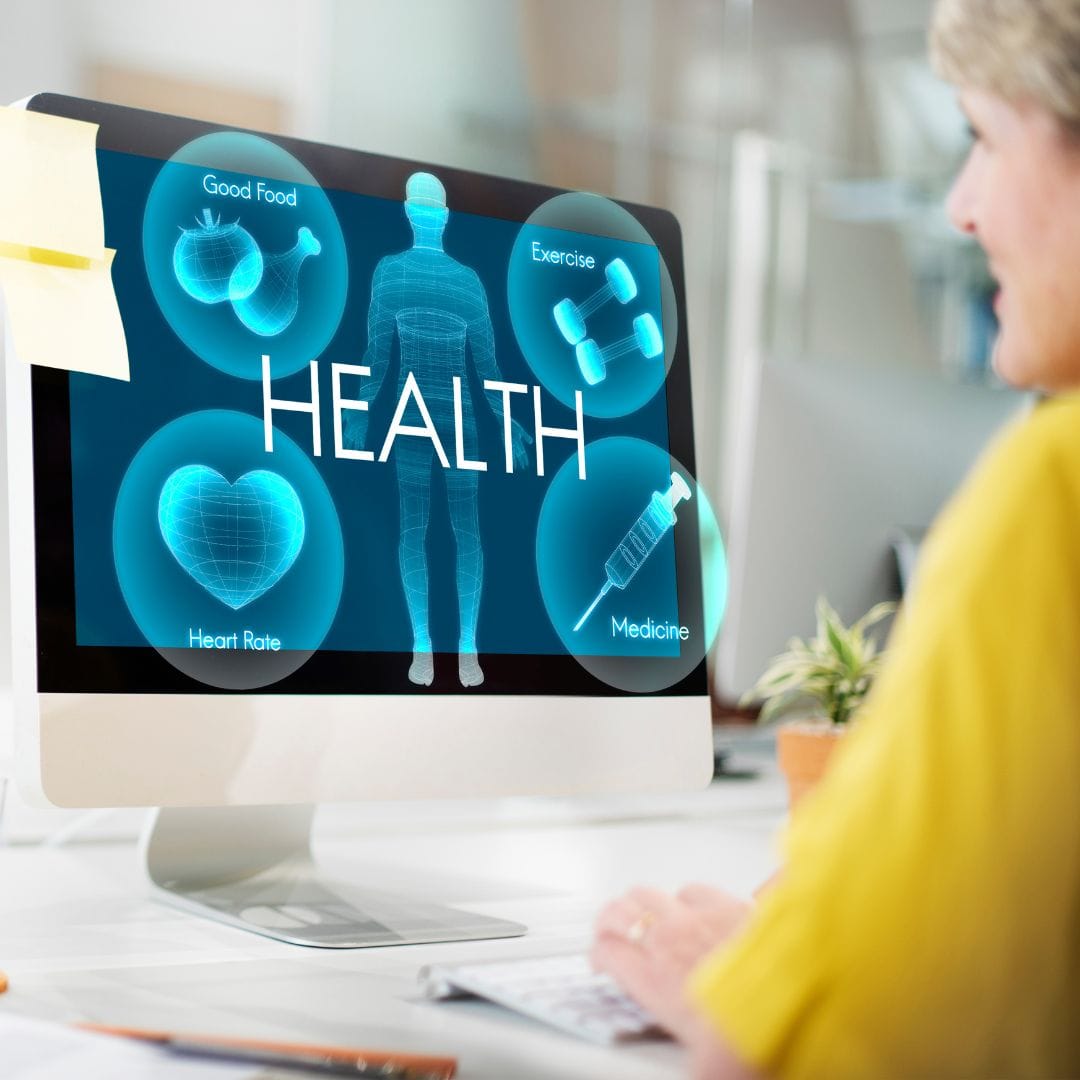The Role of 3D Animation in Healthcare: Transforming Communication and Care
In today’s fast-paced healthcare environment, the importance of clear and effective communication cannot be overstated. Medical procedures, diagnoses, and treatment options are becoming increasingly complex, which can leave patients feeling confused or overwhelmed. However, 3D animation has emerged as a revolutionary tool that helps bridge the communication gap between healthcare providers and patients. As a leading explainer video production agency, we recognize the transformative potential of 3D animation in healthcare communication. In this in-depth exploration, we will discuss how 3D animation is reshaping various aspects of healthcare, from patient education to surgical training, and its broader impact on the industry.
1. Bridging the Communication Gap in Healthcare
One of the most pressing challenges in healthcare is the communication barrier between professionals and patients. Patients often struggle to understand the technical terms used to explain their diagnoses and the steps involved in their treatment plans. This is where 3D animation can play a vital role in making complex information more accessible and understandable.
Visualizing Complex Medical Information
Imagine a doctor trying to explain a complicated surgery using only medical jargon or simple diagrams. It can easily overwhelm the patient and lead to anxiety. With 3D animation, healthcare professionals can present visually engaging and accurate representations of a patient’s condition, treatment plan, or surgical procedure. These animations can provide patients with a clear understanding of their medical journey, showing them what to expect and how their treatment will proceed. This not only improves understanding but also boosts patients’ confidence in their healthcare providers.
Through these animations, patients are no longer passive recipients of medical information. Instead, they become active participants in their healthcare decisions, empowered by their newfound understanding.
2. Enhanced Patient Education through 3D Animation
Patient education is one of the pillars of effective healthcare delivery. When patients are well-informed, they tend to engage more actively in their treatment plans, leading to better health outcomes. The benefits of 3D animation in patient education are numerous, as it offers an interactive and personalized learning experience that is far superior to traditional methods.
Tailored Learning Experiences for Different Patient Needs
Patients have diverse learning styles—some are visual learners, others respond better to verbal explanations, and some may require a combination of both. Medical 3D animation allows healthcare providers to cater to these various learning preferences. For instance, pediatric patients can be shown colorful and simplified animations that explain a procedure in a relatable and engaging way. This can help reduce their anxiety and encourage cooperation during treatments.
For adult patients, complex procedures such as organ transplants or heart surgeries can be explained through detailed 3D animations. These visual aids can break down the steps of the procedure, the anatomy involved, and the expected outcomes, helping patients understand what they are going through and easing their concerns.
3. Revolutionizing Surgical Training with 3D Animation
Surgical training has long relied on textbooks, 2D diagrams, and cadaver-based practice. However, 3D animation is now playing a significant role in enhancing the training of future surgeons, allowing them to gain a deeper understanding of anatomy and surgical techniques.
Realistic Simulations for Hands-On Learning
With 3D animation, medical students can engage in realistic simulations of surgical procedures before they ever step into an operating room. These animations provide a comprehensive view of the human body, allowing students to study the intricacies of various surgeries. Surgeons-in-training can also interact with these simulations, gaining hands-on experience that reinforces their learning.
Moreover, animations can be used repeatedly across different training sessions, making them a cost-effective and scalable solution for medical education. This not only enhances students’ confidence but also improves their surgical competence, ultimately leading to better patient care.
4. Streamlining Healthcare Marketing and Outreach
In today’s competitive healthcare market, effective communication is essential for attracting patients and building trust. 3D animation offers a compelling and visually striking way to communicate complex medical services and expertise to a broader audience.
Captivating Visual Content for Healthcare Promotion
Medical 3D animations can be used in a variety of marketing strategies, including promotional videos, social media campaigns, and educational content. The dynamic and visually appealing nature of animation captures attention, engages audiences, and makes healthcare services more memorable.
For example, a hospital might use 3D animation to explain a new minimally invasive procedure or to showcase state-of-the-art facilities. By creating visually engaging content, healthcare providers can enhance their marketing efforts and make a lasting impression on potential patients. Animated videos can also help demystify the healthcare process, making it more approachable and less intimidating for the general public.
5. Enhancing Collaborative Care among Healthcare Teams
Collaboration is critical in healthcare, especially when multiple specialists need to come together to discuss a patient’s case. Effective communication between healthcare professionals is essential to ensure that everyone involved in a patient’s care has a clear understanding of the situation. 3D animation serves as a unified visual tool that facilitates collaboration among medical teams.
A Common Visualization Tool for Better Decision-Making
Medical 3D animations can be used in case discussions, helping specialists from different fields visualize complex medical cases. This shared understanding can lead to more effective decision-making and comprehensive treatment plans. Whether discussing treatment options or planning a complex surgical approach, animations can make the collaborative process more efficient and seamless.
By providing healthcare teams with a clear, visual representation of a patient’s condition, 3D animation helps streamline communication, leading to more coordinated and accurate care.
6. Reducing Patient Anxiety through Visual Explanations
Navigating the healthcare system can be a daunting and stressful experience for patients. Many individuals feel anxious about their diagnoses, treatments, or surgical procedures. One of the most significant benefits of 3D animation in healthcare is its ability to ease patient anxiety by making medical information more understandable and relatable.
Demystifying Medical Procedures with 3D Animation
When patients are presented with clear and engaging visual representations of their treatments, they are better able to grasp what is happening and what to expect. For example, a patient scheduled for knee replacement surgery might feel anxious about the procedure. By showing them a 3D animation that outlines the steps of the surgery, including what will happen before, during, and after the procedure, the patient can feel more at ease.
This level of understanding helps reduce fear, fosters trust between patients and healthcare providers and can lead to better health outcomes as patients approach their treatment with a positive and informed mindset.
7. Supporting Telemedicine and Remote Consultations
With the rise of telemedicine, the way patients interact with healthcare providers has changed dramatically. Remote consultations have become more common, and while convenient, they present unique communication challenges. 3D animation is proving to be an invaluable asset in this new landscape.
Enhancing Virtual Consultations with Visual Aids
During remote consultations, healthcare providers can use medical 3D animation to explain diagnoses, treatment plans, or surgical procedures. These visual aids help ensure that patients fully understand their medical situation, even in a virtual setting where traditional in-person communication might be lacking.
By incorporating 3D animation into telemedicine, healthcare providers can bridge the communication gap and provide high-quality care regardless of distance. Patients are more likely to leave virtual consultations with a clear understanding of their treatment, reducing confusion and improving their overall experience with telemedicine.
8. Driving Innovation in Research and Development
Innovation is at the heart of healthcare, and 3D animation is playing an increasingly important role in research and development. From visualizing new drug mechanisms to illustrating groundbreaking surgical techniques, medical 3D animation is becoming a vital tool in pushing healthcare innovation forward.
Visualizing Cutting-Edge Treatments and Technologies
Researchers and developers can use 3D animation to create detailed visualizations of new treatments, therapies, or medical devices. These animations can be used in presentations to stakeholders, educational materials for healthcare professionals, or grant applications. By using dynamic visual aids, researchers can communicate their findings more effectively, showcasing the potential impact of their innovations.
This ability to visualize complex medical concepts can accelerate the development and adoption of new technologies, ultimately benefiting patients by bringing new treatments to market more quickly.
9. Career Opportunities in Medical 3D Animation
As the demand for 3D animation in healthcare continues to grow, so too does the opportunity for careers in this exciting field. For individuals interested in combining art, science, and technology, a career in medical 3D animation can be highly rewarding.
The Growing Demand for Skilled 3D Animators
With healthcare becoming increasingly reliant on technology, the demand for skilled 3D animators is on the rise. From creating patient education videos to developing surgical training simulations, the applications of 3D animation in healthcare are vast and expanding. This growth opens up numerous career paths for aspiring animators, making it an attractive option for those looking to work at the intersection of art and science.
Medical 3D animators play a crucial role in shaping the future of healthcare, helping to improve patient outcomes, enhance medical training, and support innovation.
Conclusion: The Future of Healthcare is Visual
The benefits of 3D animation in healthcare are extensive, ranging from improved patient communication to enhanced surgical training, and from more effective marketing to advancing research and development. As the healthcare industry continues to evolve, the role of 3D animation will only become more significant.
For healthcare providers, embracing 3D animation is not just a matter of staying current with technological trends—it’s about improving the quality of care and ensuring that patients are empowered with the information they need. As an explainer video production agency, we are excited to be part of this transformation, helping healthcare providers communicate more effectively with their patients and teams.
The future of healthcare is undeniably visual, and with the growing demand for 3D animation, there has never been a better time to explore the possibilities of this dynamic and impactful tool.


